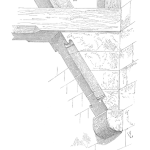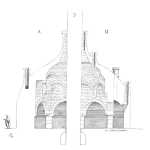
All machines and equipment fail for two reasons—distortion or degradation. Distortion causes parts to suffer such high stress or fatigue that their atomic structures fail. When parts degrade their atomic structure is attacked by environmental elements. Physics of Failure methods lets us analyse equipment for situations that cause their parts’ atomic structures to suffer excessive stress, or to degrade. We can identify the real causes of atomic failure and so institute the fewest maintenance and operational activities to keep equipment at its highest reliability, and the operating plant at its highest availability.
[Read more…]













 Ask a question or send along a comment.
Please login to view and use the contact form.
Ask a question or send along a comment.
Please login to view and use the contact form.